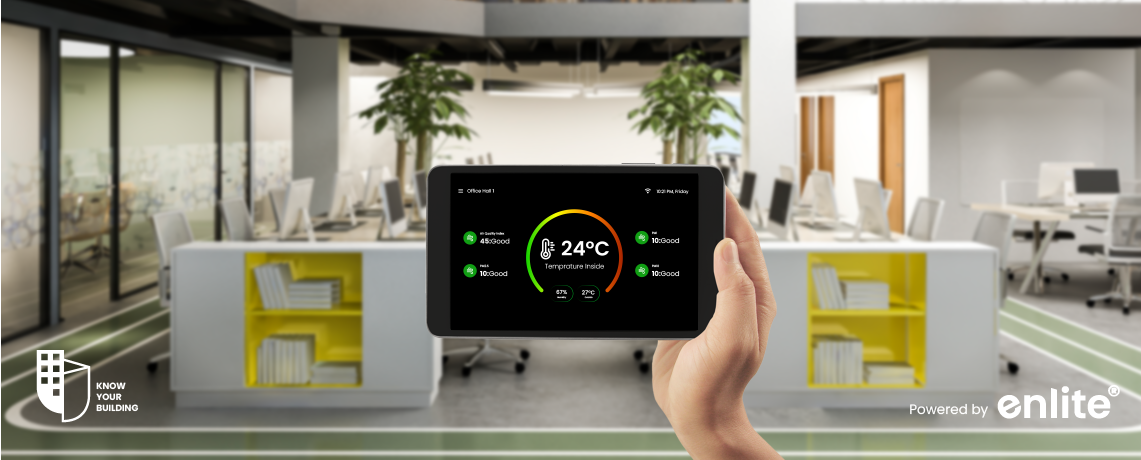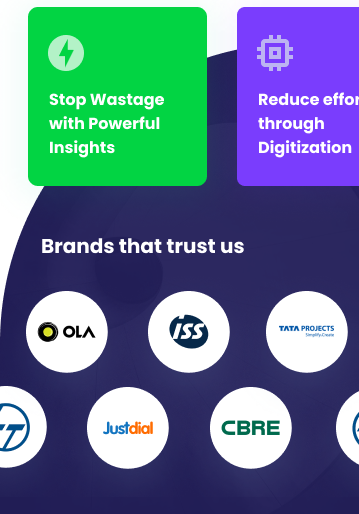Introduction
A Smart Building Management System (BMS) is a critical tool for optimizing energy efficiency, reducing operational costs, and ensuring occupant comfort in modern buildings. However, to fully realize these benefits, proper implementation is essential. Here are the best practices for successfully deploying a Smart BMS in commercial and residential buildings.
Key Insights & Data Facts
- Buildings account for nearly 40% of global energy consumption and 30% of greenhouse gas emissions. (Source: International Energy Agency)
- Implementing an optimized BMS can lead to a 10-20% reduction in energy usage. (Source: U.S. Department of Energy)
- Research indicates that improving Indoor Environmental Quality (IEQ) through BMS can boost employee productivity by up to 8%. (Source: Harvard T.H. Chan School of Public Health)
- Smart BMS solutions with AI-driven automation can reduce maintenance costs by 15-25% through predictive analytics. (Source: McKinsey & Company)
1. Define Clear Objectives and Goals
Before implementing a Smart BMS, it is crucial to outline specific goals. Are you aiming to reduce energy consumption, improve indoor air quality, enhance security, or streamline maintenance? Defining these objectives will guide system configuration and ensure alignment with the building’s needs.
2. Conduct a Comprehensive Building Assessment
Assess the existing building infrastructure to identify areas that need improvement. Evaluate energy usage patterns, HVAC efficiency, and other critical systems. This assessment will help tailor the BMS to optimize performance and minimize resource wastage.
3. Choose the Right BMS Solution
Not all BMS solutions are the same. Select a system that aligns with your building’s size, complexity, and unique requirements. Ensure it offers scalability, compatibility with IoT devices, and cloud-based accessibility for remote management.
4. Prioritize Interoperability and Integration
A Smart BMS should seamlessly integrate with existing building systems, such as lighting, security, HVAC, and fire safety. Open protocols and API support enable smooth data exchange and ensure future-proofing for upcoming technological advancements.
5. Implement Energy Optimization Strategies
Leverage AI-driven analytics and automation to adjust HVAC and lighting based on occupancy patterns. Smart scheduling, predictive maintenance, and real-time monitoring can lead to significant cost savings and environmental benefits.
6. Focus on Cybersecurity and Data Protection
As BMS solutions rely on data-driven insights and IoT connectivity, cybersecurity is a top priority. Implement robust security measures, including encryption, multi-factor authentication, and regular system updates, to prevent cyber threats.
7. Train Facility Management Teams
A Smart BMS is only as effective as its operators. Provide training for facility managers and staff to ensure they understand system functionalities, troubleshooting methods, and data interpretation for optimal usage.
8. Monitor Performance and Conduct Regular Audits
Continuous monitoring is essential for maximizing the benefits of a Smart BMS. Use analytics dashboards to track energy usage, system performance, and occupancy trends. Regular audits will help identify inefficiencies and areas for improvement.
9. Leverage Predictive Maintenance
Smart BMS solutions use predictive analytics to identify potential equipment failures before they occur. Implementing predictive maintenance can extend the lifespan of building assets, reduce downtime, and lower repair costs.
10. Stay Updated with Emerging Technologies
The field of smart building management is continuously evolving. Keep up with the latest advancements in AI, IoT, and automation to ensure your BMS remains cutting-edge and continues to deliver optimal results.
Conclusion
A Smart BMS is a powerful tool for improving building efficiency, sustainability, and occupant comfort. By following these best practices, real estate professionals, facility managers, and property owners can ensure a seamless implementation that maximizes the benefits of smart building technology. Investing in a well-integrated BMS today will future-proof your building for years to come.














